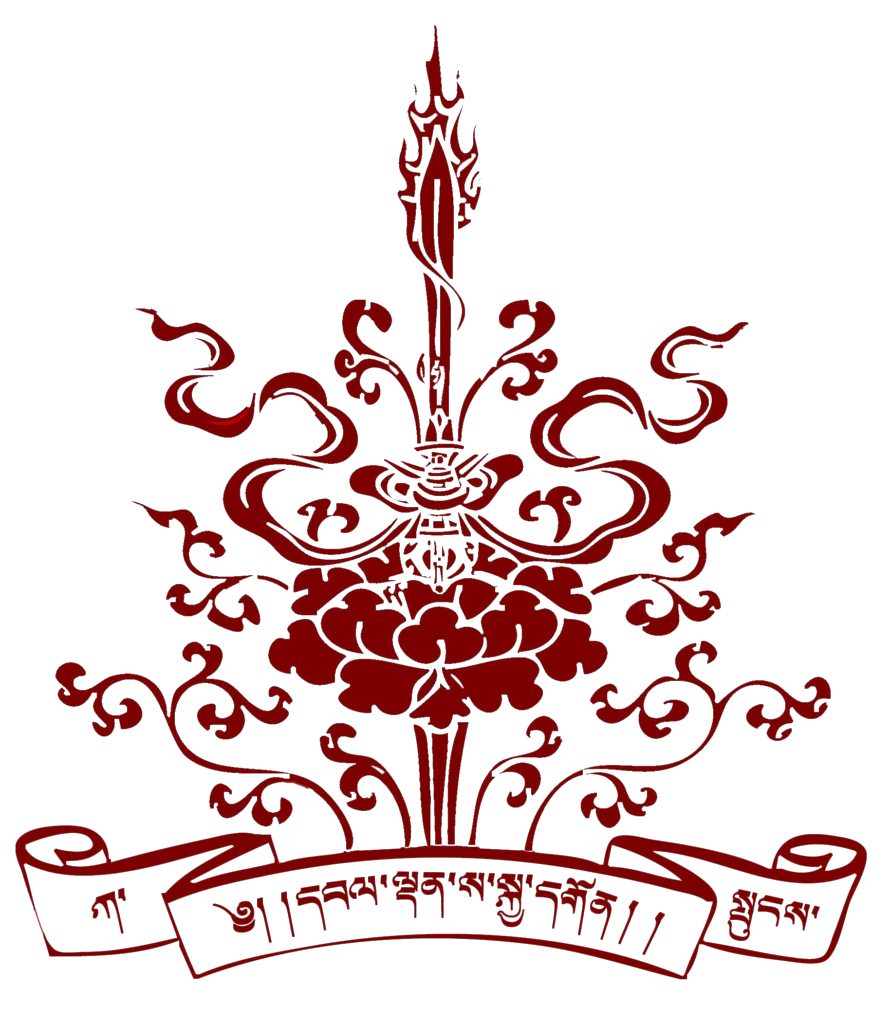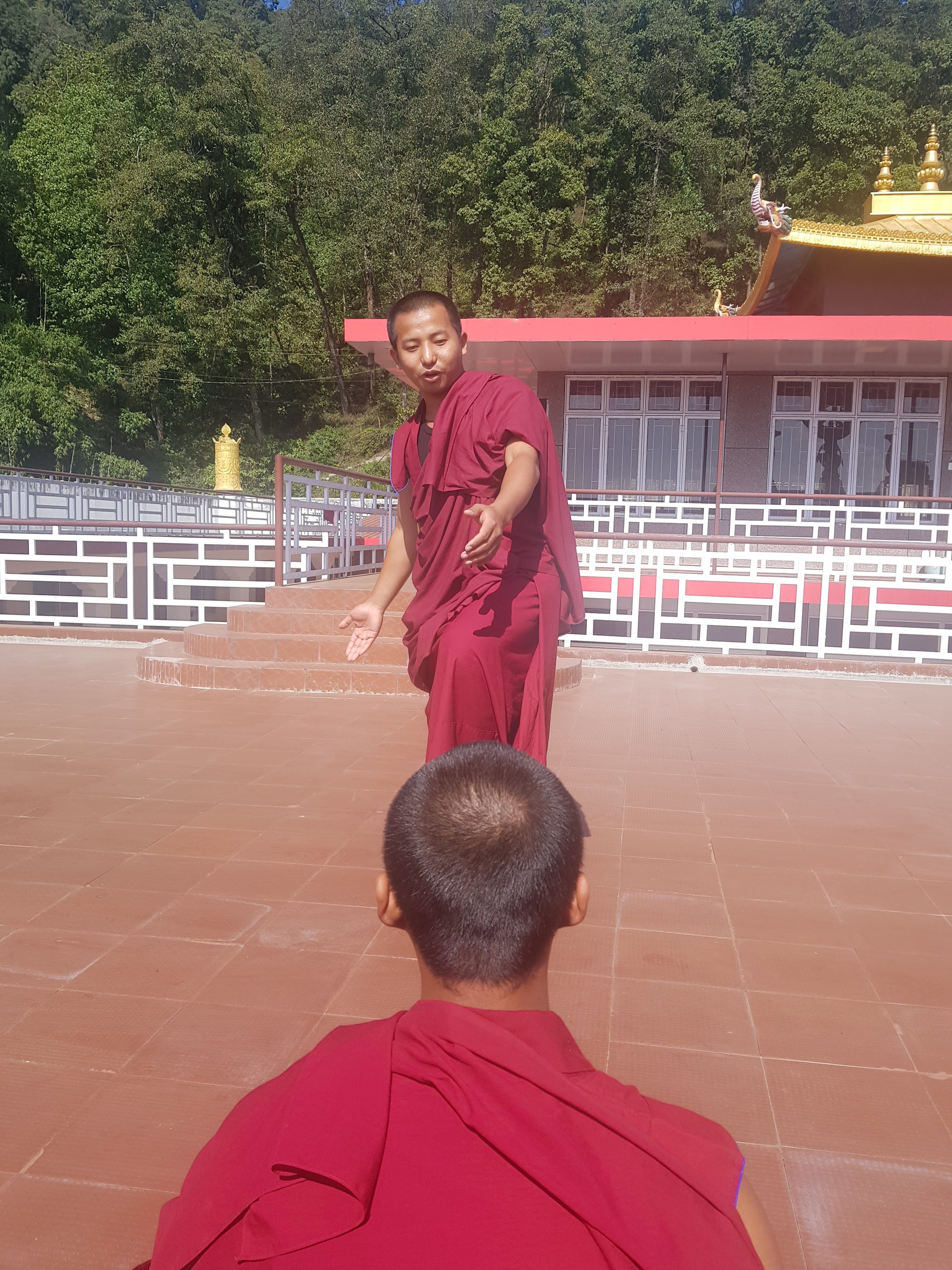The Shedra Program
College of higher buddhist philosophy studies
Understanding Buddhist Philosophy
As followers of the Perfectly Enlightened Buddha, it is necessary for us to uphold the Buddha Dharma through the teachings and practice. As mentioned in the Hevajra Root Tantra : « one should know how to rely upon the timeliness and method of the Guru and one’s own merit. »
In this monastery, after the completion of the foundational studies, in order to be successful in the study of major Buddhist scriptures, one will receive teachings on the preliminaries and perform the preliminary practices with proper instructions for a year after the completion of secondary school. This will help purify negative deeds accumulated in the past lives and accumulate merits. Then in order to increase knowledge and swiftly comprehend the contents and realise the profound meaning of the treatises, the candidate should do the retreat of the combined Arya Manjushri and Sakya Pandita practice. At the same time, in order to remove obstacles from one’s path and succeed in one’s Dharmic activities, the Vajrapani Bhutadama retreat should be completed. After this, as a prerequisite for the admission into the shedra (institute), the candidate should study the common fields of knowledge for two years.
The main syllabus consists of :
-
Signs and Knowledge by Lowo Khenchen
-
Signs and Knowledge by Jamgon Loter Wangpo
-
Doorway to the Dharma by Lopon Rinpoche Sonam Tsemo
-
Doorwar to the Wise by Jamgon Sakya Pandita
-
Illuminating the Sage’s Intent by Jamgon Sakya Pandita, and
-
Letter To A Friend by Acarya Nagarjuna
After the successful completion of the preliminary course, the candidate is admitted in the actual shedra where they study the following subjects for a duration of eight to ten years, according to the tradition of Sakya shedra or institute.
-
Pramana – The reasoning which succinctly explains the eight points of words and meaning of logic in order to expand the meaningful intelligence on the mode of reality as it is and to completely destroy the rocky cliff of wrong views of the opponent.
-
Madhyamika – The Middle Way which illuminates the profound meaning of emptiness and complete pacification of the falsified and deceptive relative reality by relying upon the pure scriptural authentification and sound reason.
-
Prajnaparamita – The Perfection of Wisdom which condenses all subjects into eight articles and seventy points and uprooting the self grasping with the wisdom of the realization of selflessness.
-
Abhidharma – Supreme Science which explains the subjects pertaining to the the contaminated and uncontaminated which is rich and extensive in the intelligence of specification of subjects and in a masterful way of dealing with questions and answers.
-
Vinaya – The elegant sayings on self-discipline, concerning seventeen fundamental points, which beautifies the ethical conduct of the mendicant and pure moral conduct.
-
Trisamvara – Clarification of the Three Vows which the 4th Council of the Teachings of the Buddha took great strides in distinguishing dharma and non dharmic practices.
The candidate who successfully complete the study of these six volumes will graduate as Kachupa, equivalent to Bachelor of Arts (BA), and Loppon equivalent to Master of Arts (MA). Then, after the four support mandalas are ripened through the four empowerments and to attain the four kayas, the candidate should diligently listen to and contemplate on the secret mantra Vajrayana treatises and Tantra, the essence of sacred Dharma, such as the Triple Tantra of Hevajra.

